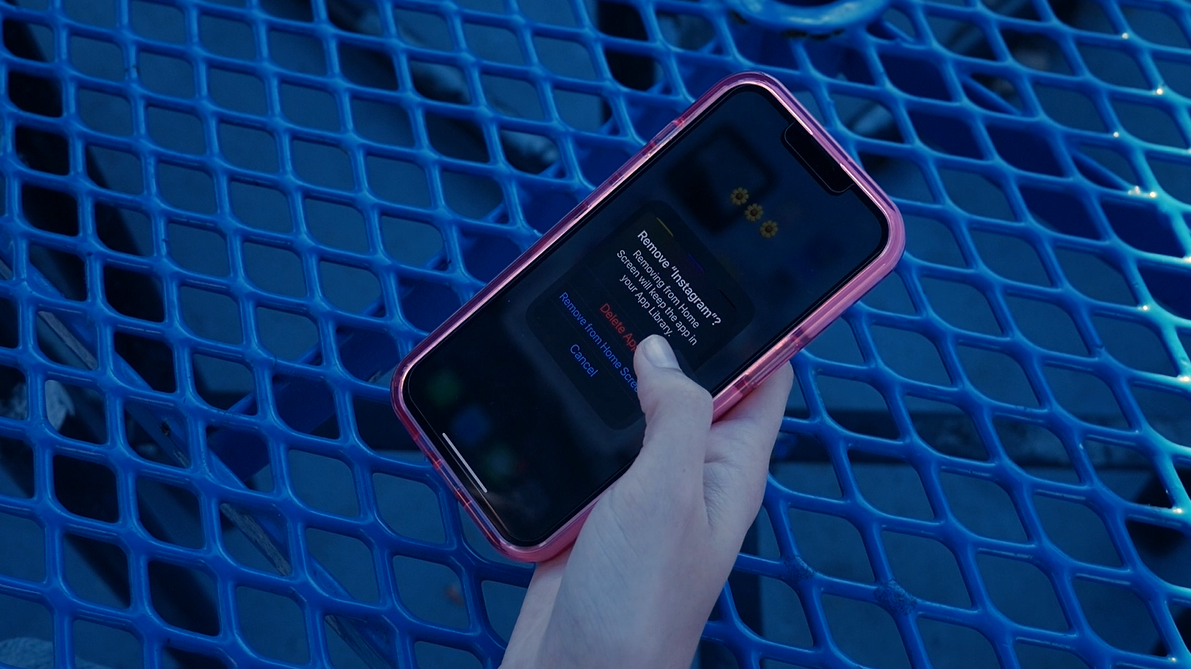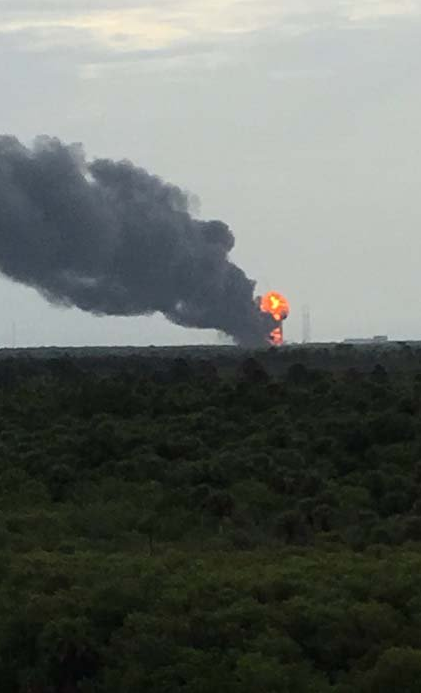Satellite destroyed in Falcon 9 rocket explosion
A photo captured by Edwards from his office, moments after the explosion.
September 6, 2016
Every person within 10 miles of the Falcon 9 docking station was out of their chairs Thursday morning and peering out their windows at an explosion that will cost SpaceX more than $200 million.
During a test, a SpaceX Falcon 9 rocket exploded on its launch pad in Cape Canaveral, which in turn destroyed a commercial satellite.
“The explosion was loud enough that it shook my whole building,” NASA intern Austin Edwards said. “I was with my mentor coding at the time and our first thought was that something hit the building.”
West Shore science teacher Amy McCormick knew handful of people working on the Cape at the time.
“Friends of mine who were several miles away at the time felt shockwaves,” McCormick said. “They said they saw a fireball from their building about 3 miles away.”
From the blast, a commercial satellite known as the Amos-6, was designed by Facebook and planned to provide Internet access to Africa, which would dramatically increase the opportunities and quality of life.
“It’s a shame that happened,” McCormick said, “because it [The Amos-6] sounded like a really cool idea.”
The explosion could impact NASA’s contract with the commercial space flight company, SpaceX.
“Anytime something goes wrong, NASA forces the responsible company to do a full investigation and find the source of the incident, as well as come up with a plan to prevent it from happening again,” Edwards said. “SpaceX will likely launch its investigation soon and try to get this resolved as soon as possible so that they can begin launching again. They have a long road ahead of them before they can regain NASA’s trust again.”





















































